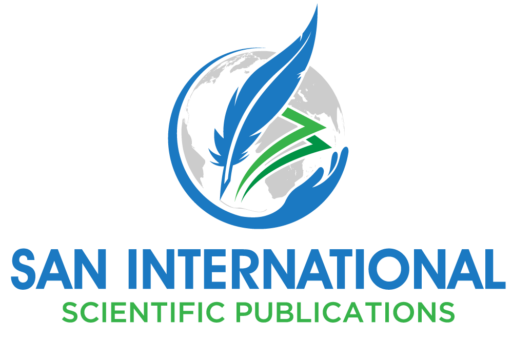Chief Editors: Mr. Irshadullah Asim Mohammed, Dr. Yogesh Mohan Gosavi, and Prof. (Dr.) Vineeta Kaur Saluja
Associate Editor: Mrs. Sruthi S
Co-Editors: Dr. S. Rajeswari, Dr. Nikhil Saini, and Ms. Atreyee Banerjee
ISBN: 978-81-985805-1-1
Chapter: 58
Authors: Moidul Islam Judder, Hussain Ahmed Laskar, Moksood Ahmed Laskar, Priyam Jyoti Das, and Shiny Ahmed
DOI: https://doi.org/10.59646/mrnc58/321
Abstract
Ethnomedicinal plants are integral to the healthcare and socio-economic structure of Cachar district, Assam. The region’s diverse flora provides numerous plants traditionally used for treating common ailments such as fever, digestive issues, and respiratory problems. Key species, including Azadirachta indica (Neem), Clerodendrum infortunatum (Bhant), and Justicia adhatoda (Vasaka), are harvested or cultivated by local communities and traditional healers (Kabirajs). These plants not only serve as primary healthcare sources but also contribute significantly to the region’s economy. The cultivation and trade of medicinal plants offer vital income opportunities, particularly in rural areas where formal employment is limited. Additionally, the ethnomedicinal knowledge fosters community identity, cultural preservation, and self-reliance. However, the increasing urbanization and loss of biodiversity pose a threat to the sustainability of these practices. This study highlights the importance of preserving traditional knowledge and promoting sustainable use of ethnomedicinal plants to safeguard their role in community health and economic development. By documenting the relationship between ethnomedicinal plants and socio-economic factors, this research underscores the need for integrated conservation efforts to ensure the continued availability and benefits of these plants for future generations.
References
- Hussain, S., et al. (2019). Free radical scavenging activity and total phenolic contents of Alstonia scholaris. Journal of Chemical and Pharmaceutical Research, 11(4), 134-139.
- Kumar, D., et al. (2019). Pharmacognostic and phytochemical evaluation of Alstonia scholaris stem bark. Journal of Pharmacognosy and Phytochemistry, 8(3), 1767-1773.
- Shah, M. A., et al. (2019). Evaluation of antioxidant activities and phytochemical screening of different fractions of Alstonia scholaris stem bark. Journal of King Saud University – Science, 31(4), 901-906.
- (2023). Ethno-medicinal Survey on Herbaceous Plant Resources of Cachar District of Assam, India. The Journal of Plant Science Research, 39(1):115-125. doi: 10.32381/jpsr.2023.39.01.12
- Markus, Hauck., N., –. (2022). Ethnomedicinal Survey and a Quantitative Analysis of Bioactive Plants Used by Sonowal Kachari Community of Assam. International Journal For Multidisciplinary Research, 4(6) doi: 10.36948/ijfmr.2022.v04i06.1076.
- A., K., Das. (2021). Green Heritage Of Assam: A Comprehensive Metaanalysis Of Traditional Medicinal Practices. doi: 10.53555/jaz.v42i01.3838.

